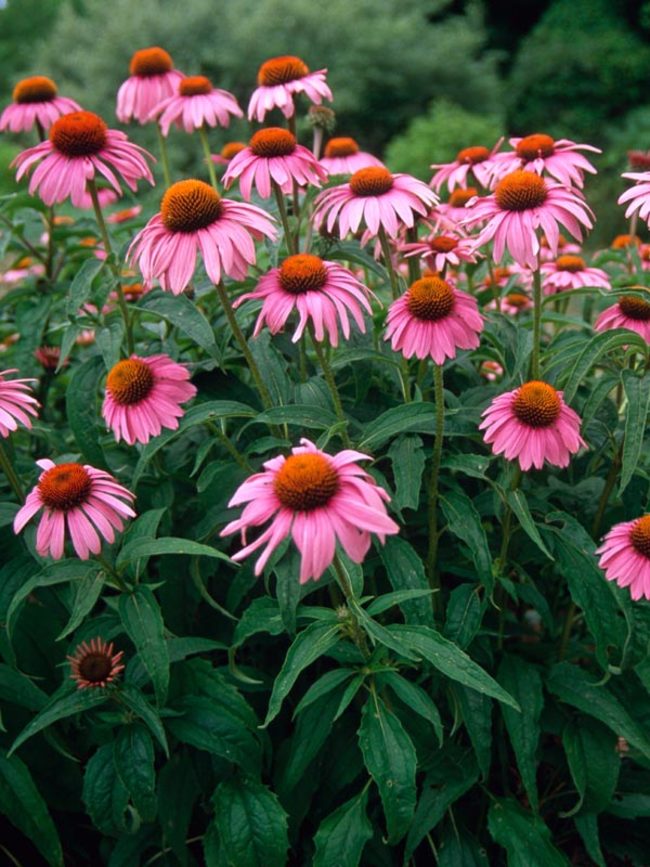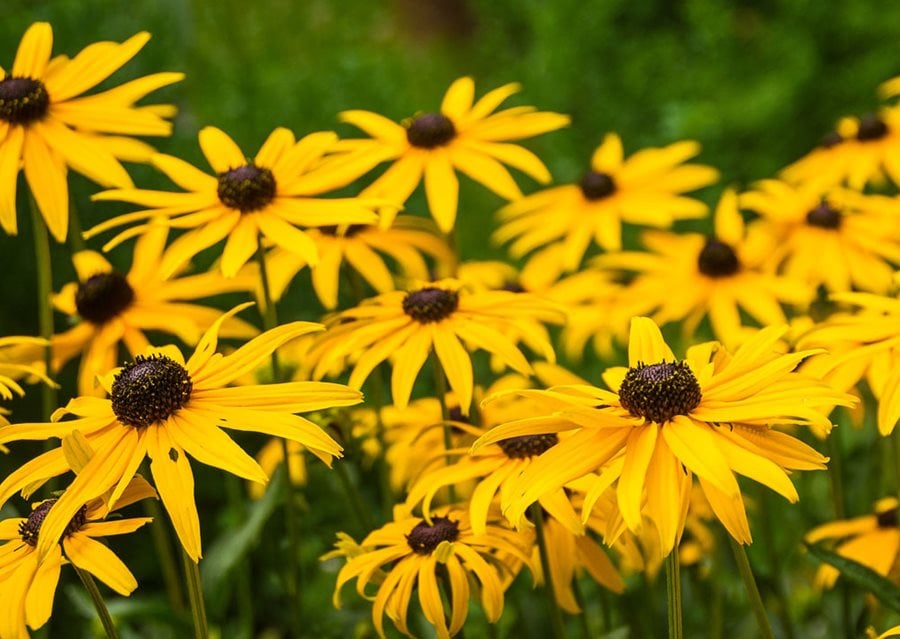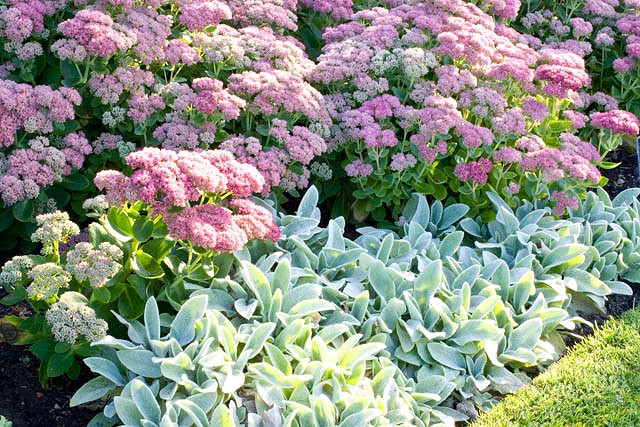Karl Foerster Companion Plants That Will Make Your Garden Pop
Karl Foerster Companion Plants That Will Make Your Garden Pop
Karl Foerster feather reed grass is a popular ornamental grass that is known for its tall, airy plumes. It is a versatile plant that can be used in a variety of settings, from formal gardens to cottage gardens. One of the best ways to add interest to a Karl Foerster planting is to combine it with other companion plants.
When choosing companion plants for Karl Foerster, there are a few things to keep in mind. First, consider the mature size of the plant. Karl Foerster can grow up to 6 feet tall, so you will need to choose companion plants that will not be overwhelmed by its size. Second, think about the color and texture of the plant. Karl Foerster has feathery, green leaves and pinkish-purple plumes. You can choose companion plants that complement these colors, or you can choose plants with contrasting colors and textures to create a more visually interesting display.
Here are a few of the best companion plants for Karl Foerster feather reed grass:
- Rudbeckia is a genus of herbaceous perennials that are known for their bright yellow flowers. Rudbeckia blooms in late summer and fall, which is the same time that Karl Foerster's plumes are turning golden tan. The two plants complement each other well, creating a beautiful display of color and texture.
- Maiden Grass is another ornamental grass that is well-suited for companion planting with Karl Foerster. Maiden Grass has delicate, blue-green leaves that contrast nicely with Karl Foerster's green leaves and pinkish-purple plumes. Maiden Grass also blooms in late summer and fall, adding even more color to the garden.
- Karley Rose Fountain Grass is a type of ornamental grass that has bright pink plumes. It blooms in late summer and fall, the same time as Karl Foerster. Karley Rose Fountain Grass is a shorter plant than Karl Foerster, so it can be used to add a touch of color and interest to the front of a border or in a container.

- Blonde Ambition Feather Reed Grass is a type of ornamental grass that has bright yellow plumes. It blooms in late summer and fall, the same time as Karl Foerster. Blonde Ambition Feather Reed Grass is a taller plant than Karl Foerster, so it can be used to add a touch of height and color to the back of a border or in a container.

- Hairy Vetch is a type of legume that is known for its attractive purple flowers. Hairy Vetch blooms in late spring and early summer, before Karl Foerster starts to grow its plumes. Hairy Vetch is a low-growing plant, so it can be used to fill in the spaces around Karl Foerster. It also helps to improve the soil quality, which is beneficial to Karl Foerster.
These are just a few of the many companion plants that can be used with Karl Foerster feather reed grass. When choosing companion plants, it is important to consider the mature size of the plant, the color and texture of the plant, and the climate in which you live. With a little planning, you can create a beautiful and harmonious display of Karl Foerster and its companion plants.
Conclusion
Karl Foerster feather reed grass is a versatile and easy-care plant that can add beauty and interest to any garden. By planting it with companion plants, you can create a truly stunning display. With a little planning, you can choose companion plants that will complement Karl Foerster's color, texture, and size. The result will be a garden that is both beautiful and functional.
Karl Foerster grass is a beautiful and versatile perennial that can add a touch of elegance to any garden. But what plants can you pair it with to create a truly stunning display?
The good news is that Karl Foerster grass is compatible with a wide range of companion plants. Some popular choices include:
- Rudbeckia: These cheerful yellow flowers bloom in the fall, providing a welcome contrast to the grass's golden hues.
- Coreopsis: These daisy-like flowers come in a variety of colors, including yellow, orange, and pink. They add a splash of brightness to any garden.
- Liatris: These spiky purple flowers bloom in the summer, providing a striking contrast to the grass's soft texture.
- Echinacea: These cone-shaped flowers come in a variety of colors, including red, pink, and white. They are deer-resistant and attract butterflies.
For more information about Karl Foerster companion plants, I recommend visiting Gardenia Inspiration. This website has a wealth of information on a variety of gardening topics, including companion planting.
FAQ of karl foerster companion plants
1. What are some good companion plants for Karl Foerster grass?
Karl Foerster grass is a versatile plant that can be paired with a variety of other plants. Some good companion plants include:
- Echinacea: This flowering plant adds height and color to the garden, and its blooms attract butterflies and other pollinators.

- Coreopsis: This daisy-like flower blooms in a range of colors, from yellow to orange to pink. It is drought-tolerant and easy to care for.
- Rudbeckia: This bright yellow flower is a magnet for butterflies. It is also deer-resistant, so it can be a good choice for gardens in areas with high deer populations.

- Liatris: This spiky flower blooms in shades of purple and pink. It is a good choice for attracting pollinators and adding structure to the garden.

- Sedum: This succulent plant adds interesting texture and color to the garden. It is drought-tolerant and low-maintenance.

2. What are the benefits of planting companion plants with Karl Foerster grass?
There are several benefits to planting companion plants with Karl Foerster grass. Companion plants can:
- Help to suppress weeds. *Attract beneficial insects and pollinators. *Provide shade and shelter for smaller plants. *Improve the overall health and appearance of the garden.
3. How far apart should Karl Foerster grass and its companion plants be planted?
The spacing requirements for Karl Foerster grass and its companion plants will vary depending on the specific plants being planted. However, as a general rule, Karl Foerster grass should be planted at least 2 feet apart, and its companion plants should be planted at least 1 foot apart.
4. What are some tips for caring for Karl Foerster grass and its companion plants?
Karl Foerster grass and its companion plants are relatively low-maintenance plants. However, there are a few things you can do to help ensure their health and longevity:
- Water regularly, especially during hot, dry weather.
- Fertilize in spring and fall.
- Deadhead spent flowers to encourage new blooms.
- Divide and replant every 3-4 years to keep the plants healthy and vigorous.
5. What are some common pests and diseases that can affect Karl Foerster grass and its companion plants?
Karl Foerster grass and its companion plants are generally resistant to pests and diseases. However, some common problems that can occur include:
- Leaf spot: This fungal disease can cause brown or black spots on the leaves.
- Rust: This fungal disease can cause orange or brown spots on the leaves.
- Slugs and snails: These pests can eat the leaves of Karl Foerster grass and its companion plants.
If you notice any problems with your plants, it is important to identify the cause and take steps to treat the problem. You can consult a gardening expert or do some research online to find out more about the specific problem and how to treat it.
Image of karl foerster companion plants
Here are 5 different images of Karl Foerster companion plants from Pinterest:
- Coreopsis is a tall, sunny-loving perennial that blooms in a variety of colors, including yellow, orange, and pink. It's a good choice for companion planting with Karl Foerster because it has similar light and water requirements.

- Echinacea is another sunny-loving perennial that blooms in shades of pink, purple, and white. It's a good choice for companion planting with Karl Foerster because it attracts beneficial insects like butterflies and bees.

- Astilbe is a shade-tolerant perennial that blooms in shades of pink, white, and red. It's a good choice for companion planting with Karl Foerster because it adds interest to the garden in shady areas.

- Salvia is a sun-loving perennial that blooms in shades of blue, purple, and pink. It's a good choice for companion planting with Karl Foerster because it attracts hummingbirds and butterflies.

- Sedum is a drought-tolerant succulent that blooms in shades of pink, yellow, and white. It's a good choice for companion planting with Karl Foerster because it can help to add structure and interest to the garden in dry areas.

Post a Comment for " Karl Foerster Companion Plants That Will Make Your Garden Pop"